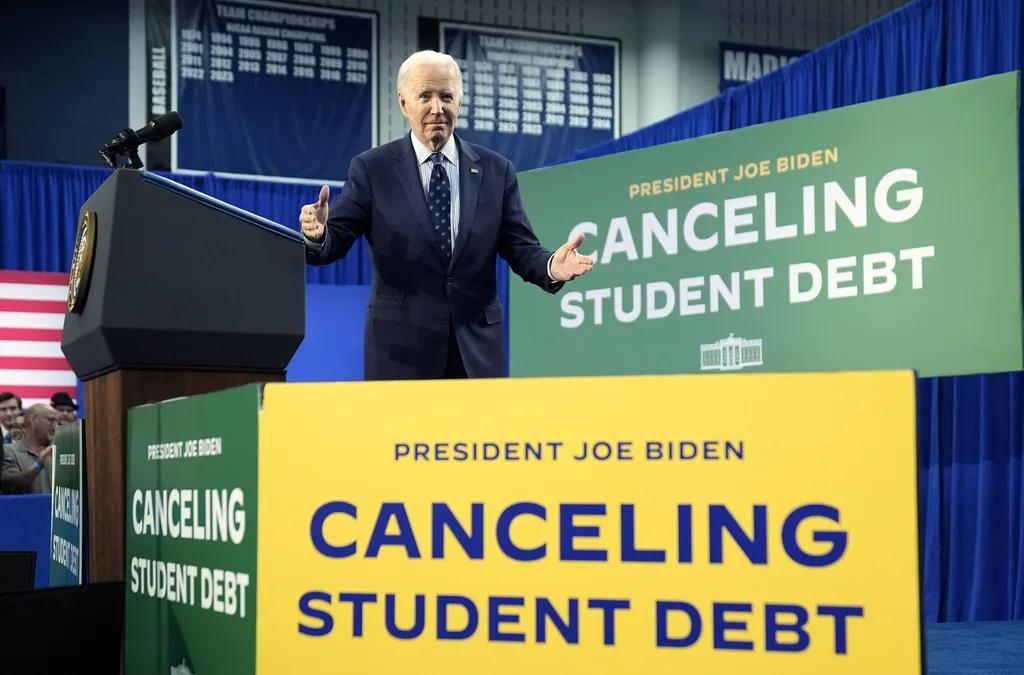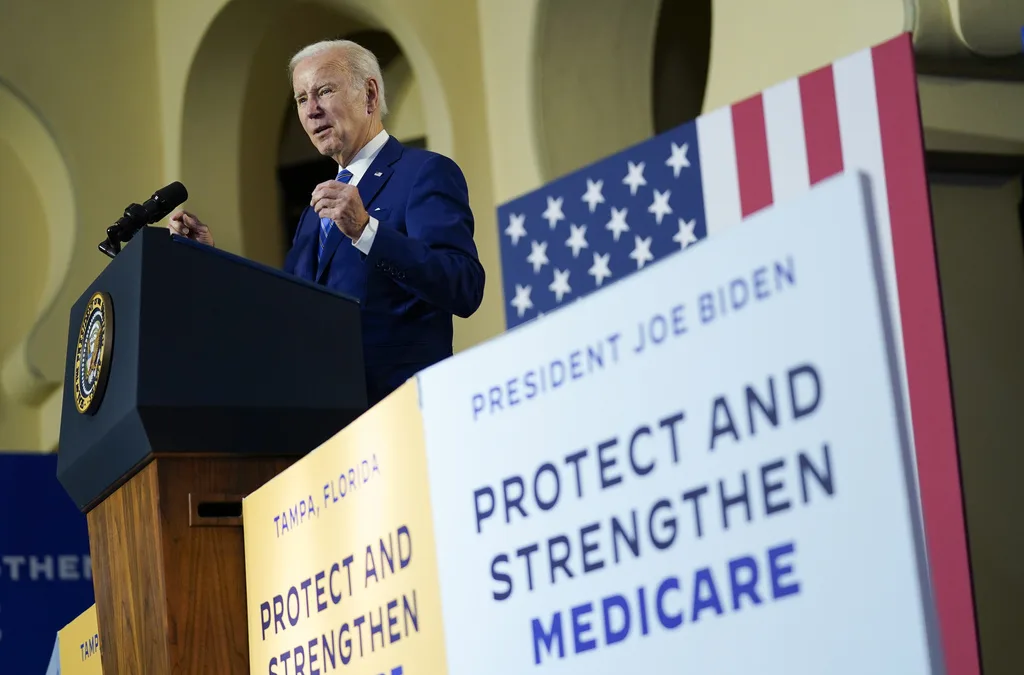Only about 50% of school referendums seeking to exceed budget limits enacted by the Republican-controlled Legislature passed last week. Voters were more approving of bonds allowing schools to take on new debt to fund projects.
School referendums on the April ballot passed or failed at a rate barely better than a coin flip.
Data provided by the Wisconsin Department of Public Instruction showed a 50% success rate among the referendums that asked voters to approve multi-year requests allowing districts to temporarily exceed spending limits imposed by the Republican-controlled state Legislature
According to the data, 21 referendums passed and 21 failed.
There were an additional 10 referendums seeking a one-time waiver of the spending cap—six passed and four failed. The 52 referendums are on top of last year’s 92 measures that asked voters for relief in order to continue basic operations.
School district leaders and educators say the state-imposed limits make it increasingly difficult to fill vacant positions, replace retiring teachers, meet student needs, and prevent further decline of buildings, facilities and equipment.
Gov. Tony Evers has also proposed substantial relief from the GOP-imposed limits in his 2023-25 state budget proposal, but his plan is unlikely to get Republican approval.
“For years, communities have been forced to go to referendum and raise their own property taxes to keep their local schools afloat,” Evers said in a February statement accompanying his budget plan. “While some districts have successfully passed referenda to help keep the lights on and the doors open, many have tried and failed. Kids, families, and schools need our help now more than ever.”
There were 29 additional referendums last week that sought permission from voters to borrow money by issuing bonds for major construction, remodeling, or maintenance projects for school facilities—18 passed and 11 were defeated. The costliest measure, a $100 million request from the Marshfield School District for several projects at buildings and facilities, was opposed by 5,425 voters and supported by only 3,952.
The largest debt measure to be approved by voters was a $50 million measure sought by Deerfield Community Schools to fund renovations and additions to the existing Deerfield High School. It passed by a margin of 1,086 to 636.
And there were several reminders of the power held by each resident, as some measures passed or failed by only a handful of votes.
A request by the Spring Valley School District to exceed its spending cap by $500,000 per year for three years was defeated by only nine votes: 781 to 772. A similar type of measure in Auburndale fell 21 votes short.
By comparison, the Pecatonica Area School District received approval for a capital referendum of $18.8 million—thanks to a slender cushion of 14 votes: 625 to 611.
Whether they fell short by one vote or 1,000, each failed referendum brings a school district back to square one to consider next steps such as modifying a referendum and returning to voters, making cuts to existing programs, limiting salary growth, closing schools, or deferring maintenance issues that get no less expensive with time.
Politics

Biden cancels student loan debt for 3,940 more Wisconsinites
The Biden administration on Friday announced its cancellation of an additional $7.4 billion in student debt for 277,000 borrowers, including 3,940...

The Republican war on Medicare raises the stakes in 2024
Nearly 1.3 million Wisconsinites rely on Medicare benefits—benefits they spent decades paying into, with the promise that the program would be there...
Local News

Your guide to the 2024 Blue Ox Music Festival in Eau Claire
Eau Claire and art go hand in hand. The city is home to a multitude of sculptures, murals, and music events — including several annual showcases,...

Where to buy farm-fresh eggs in western Wisconsin
There’s nothing better than eggs from a local farm. Of course, they taste fresher and last longer, but the best part is that you’re supporting a...





